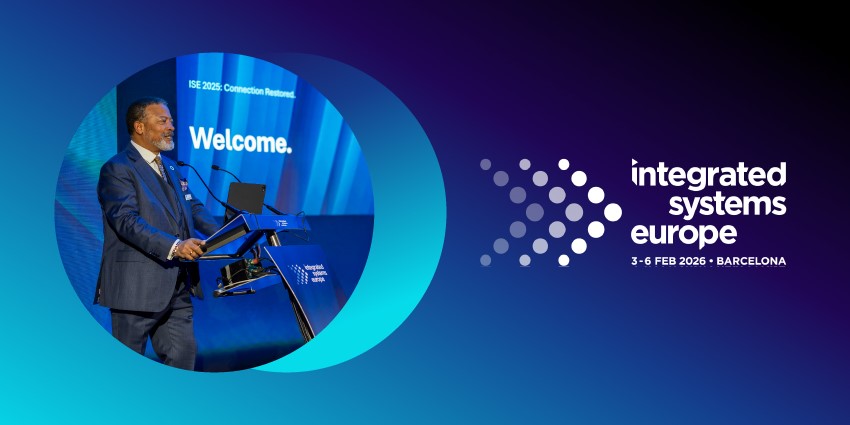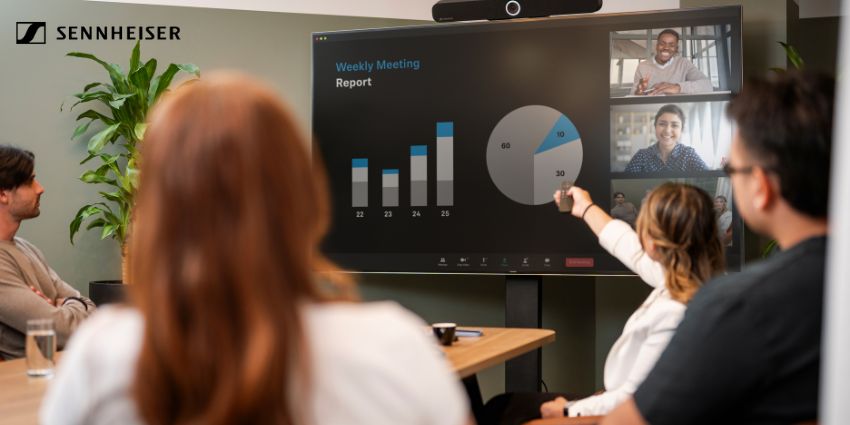They are the new places where the world does much of its business.
Small or large; private or open plan – video-equipped meeting rooms are now a vital component of any organization’s physical and technological estates.
Managing them remotely, and at scale, has been a critical and increasing challenge for IT departments upon which enterprises have come to rely heavily since the hybrid working explosion changed everything.
A single point of control – for everything from basic in-room activation to sophisticated user-specific preferences – has the power to deliver big gains on multiple fronts. One central administration tool; thousands of rooms and devices under easy management; productivity enhancements and efficiencies at every turn.
Pick a provider able to offer it all, and the benefits are significant.
“Meeting participants want to walk into a room, join a meeting with minimum process, and for it all to just work – ensuring that is always the case across a large enterprise spanning multiple locations and in multiple countries can be a complex, resource-intensive, and expensive business,” says Josh Blalock, Chief Video Evangelist at global audio and video solutions provider Jabra, whose just-launched (and free of charge) Jabra+ For Admins device management platform simplifies it all.
“Our new platform gives enterprises greater control over the organization of their Jabra devices and enables them to manage those devices in bulk via an intuitive, easy-to-use, dashboard. It provides a high-level overview of what’s up, what’s down, and what’s waiting to be on-boarded.”
Jabra + For Admins enables enterprises to organize devices by whatever construct makes sense for them: for example, grouping them together by country, building, or department. Assigned ‘Single Sign-On’ portal users can then be responsible for each group; ensuring rooms and devices are online, fully-functioning, and configured in the required ways.
For example, executive meeting rooms may not require certain features such as Dynamic Composition but may require a full 180-degree field of view set-up instead.
On the Jabra roadmap, there is a plan to add the ability to centrally manage individual personal peripherals such as audio devices, headsets, and speakerphones.
“The platform is built with an API-first architecture, so users will eventually have the ability to get creative with ways to leverage it, as those capabilities are delivered,” says Blalock.
However, right now, it’s all about cost-effectively enhancing the experience for both the administrator and the end user. Having to set-up rooms and hardware manually prior to joining a meeting can waste valuable time and cause stress. In contrast, the seamless central control provided by Jabra+ For Admins means the hardware and software is virtually invisible to participants.
“You’re in that room to have a meeting and to collaborate,” says Blalock. “The technology should not be a distraction; it shouldn’t be something participants have to somehow get past before they can start to be effective. It should simply fit with the flow and the vibe of the room.”
“Jabra hardware is modern and sleek, and the design of the Jabra+ For Admins platform mirrors that approach. The dashboard is clean and easy on the eye and provides an intuitive type of experience. The customizable, single-screen interface only displays what the user wants it to, with the ability to drill further into buried menus when required. There is a very low barrier to entry for users. Anyone that has worked in the IT space, managing devices in any kind of way at all, will be able to log in and immediately derive added value.”
To learn more about how Jabra+ For Admins can help your and your customers businesses better manage their video conferencing estate, click here.








